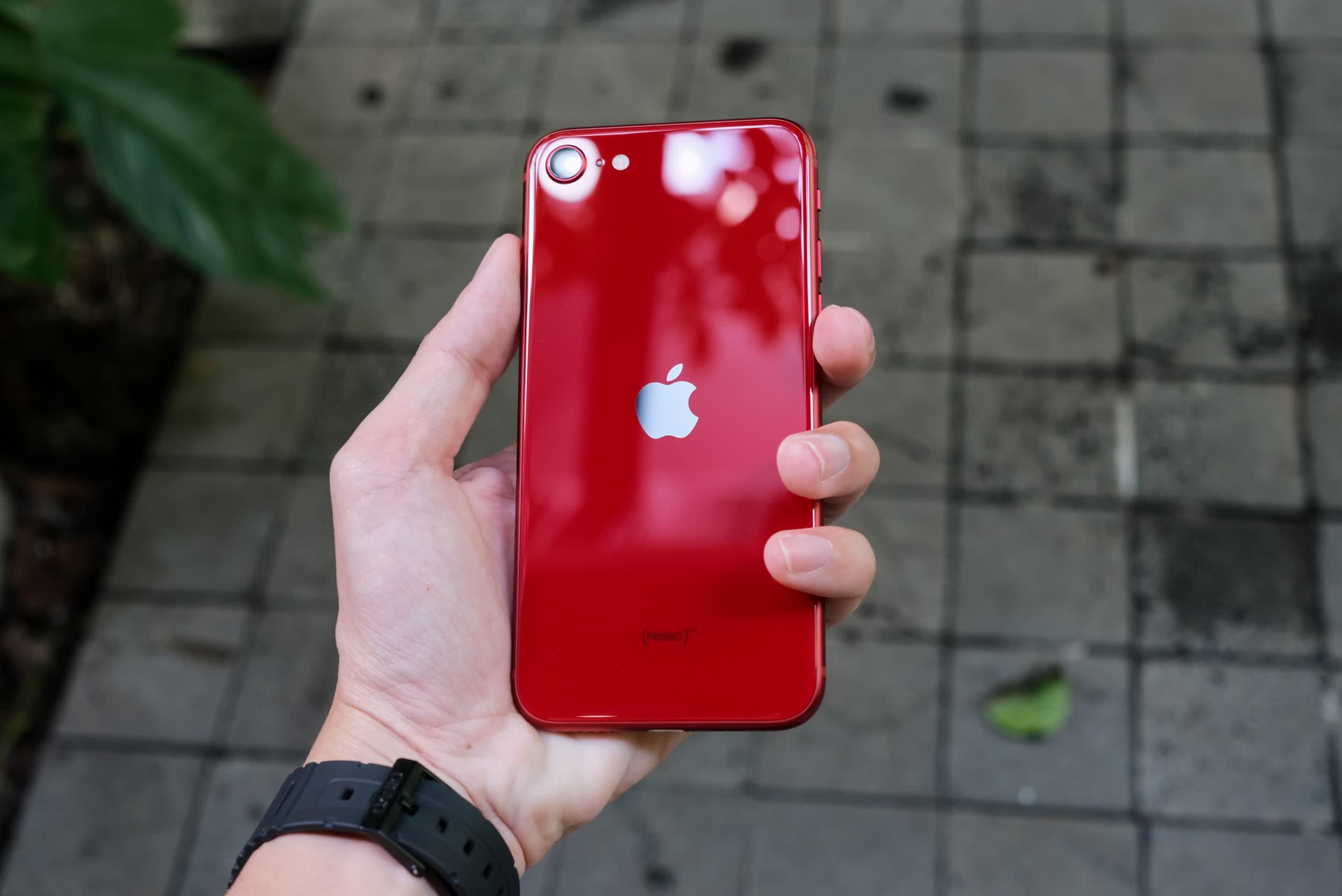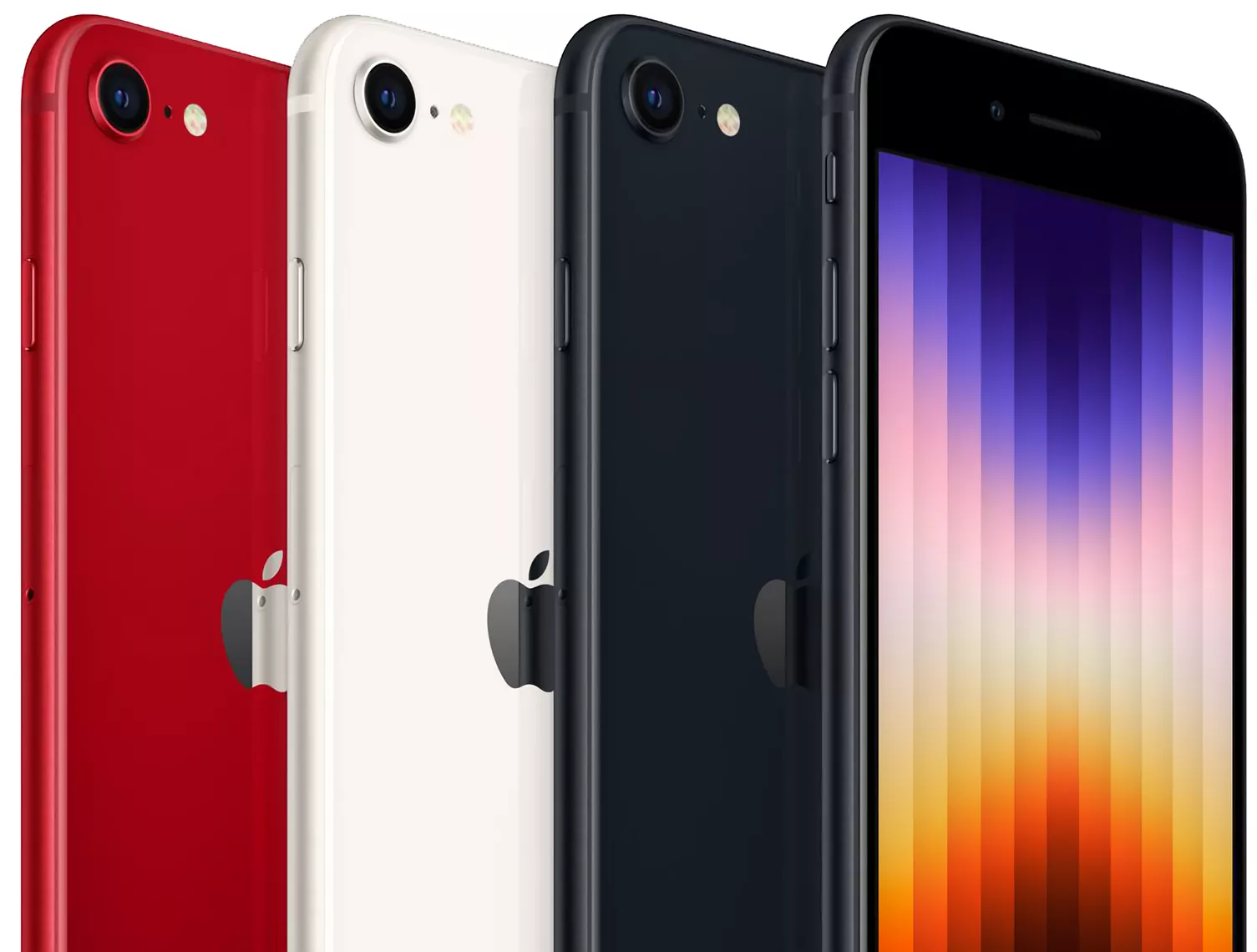Why it matters: The iPhone SE 3 was only released last year, but it already looks ancient due to its thick bezels, tiny screen and old design language. The iPhone SE 4 will be a much-needed upgrade that is expected to give Apple's entry-level iPhone the modern touch that it so badly needs.
Apple's iPhone SE 4 could use OLED screens from a Chinese supplier instead of Samsung or LG. The report comes from South Korean publication The Elec, which says BOE (Beijing Oriental Electronics) is likely to supply the display panels for Apple's next entry-level iPhone that is expected to debut in 2024.
The Chinese supplier was also expected to provide display panels for the iPhone 15 but reportedly failed to deliver the initial batch of screens according to Apple's specifications, resulting in a mass cancellation of the order. The company is now only expected to supply screens for the iPhone SE 4; iPhone 15 orders are likely to be passed on to Samsung and LG.

The report adds that the iPhone SE 4 is expected to have a 6.1-inch OLED screen that could cost Apple around $40 a pop. If that's accurate, it would be less that half the $100 price that Apple paid for the LTPO OLED panels used in the iPhone 14 Pro Max.
The total number of OLED panel shipments for the iPhone SE 4 are estimated to be around 20 million.
Apple uses OLED panels in all its mainstream iPhones, with the iPhone SE (2022) being the only one to still use an LCD screen. That is expected to change this year, with Apple tipped to transition to OLED for its entire iPhone lineup, including the budget model. However, to save costs, the iPhone SE 4 is said to get the same panels that were used in the iPhone 13 and iPhone 14.
If that assertion holds up, it would mean that the device would get a 6.1-inch OLED screen with 2,532 x 1,170 pixel resolution and a 60Hz refresh rate. This would be in line with analyst Ming-Chi Kuo's recent suggestion that the new iPhone SE will be similar to the iPhone 14. In addition, the iPhone SE 4 is also tipped to sport Apple's in-house 5G baseband chip as Apple tries to reduce its dependence on third-party suppliers.
